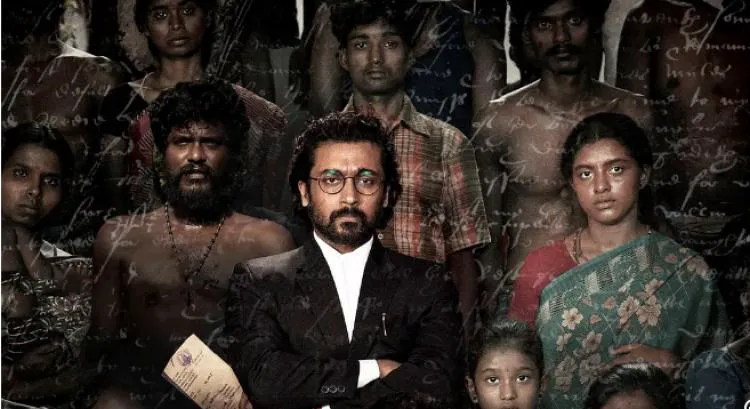Recent Indian Cinema: A Powerful Wave of Social Commentary
I’ve recently immersed myself in a series of Indian films released in the past couple of years: Jai Bhim (2021), The White Tiger (2021), Drishyam 2 (2021), Badlapur (2022), and A Thursday (2022). I’m aware that the films that make their way to international audiences are often the “best of the best,” carefully selected through critical acclaim and algorithmic promotion, and may not fully represent the breadth of Indian cinema. However, these particular films have deeply resonated with me.

Jai Bhim tells the story of a righteous lawyer fighting for a falsely accused member of a lower caste. Drishyam 2 is the sequel to the film famously remade as 误杀. The White Tiger, adapted from Aravind Adiga’s Booker Prize-winning novel, portrays a poor man’s awakening as he realizes he’s been manipulated his entire life, leading him to seize control of his destiny. A Thursday centers on a kindergarten teacher who takes her students hostage. These narratives offer sharp observations of contemporary Indian society, directly addressing its flaws and darker aspects. The characters are well-developed and complex, and the plots are ingeniously crafted. While drawing inspiration from Hollywood storytelling, these films maintain a distinct cultural identity, deeply rooted in Indian traditions.
The Nuances of Daily Life
These films largely follow commercial cinema conventions, but they also feature incredibly nuanced depictions of everyday life. Jai Bhim, for example, dedicates its first half-hour to patiently and meticulously portraying the daily lives of a lower-caste community. We see their homes, their work, the details of their routines, their emotions, the challenges they face, and their relationships with others. The film opens with the family hunting field rats, blocking the burrows and filling them with smoke. They joke and flirt with each other as they work. Afterwards, they walk home together, laughing and talking. These scenes are rich with life, avoiding both the stereotypical misery and the overwhelming despair one might expect. There’s even a sense of joy, which helps explain why they might accept their circumstances (as there are moments of respite and pleasure), while also setting the stage for the hardships to come.
Badlapur: A Surprising Narrative
Among these films, Badlapur surprised me the most. The story it tells was completely unexpected, and I never imagined it would be told by contemporary Indian filmmakers. The narrative approach is equally unexpected. The entire film unfolds as a “Rashomon” effect, so subtly that it feels like two separate movies.
The body of a young, beautiful college professor is discovered, and the immediate assumption is that it’s a case of sexual assault and murder. Her students and progressive members of society rally and protest, ultimately creating a nationwide media frenzy. Eventually, the perpetrator is caught and extrajudicially executed by the police officer in charge of the case, who instantly becomes a national hero. This is the story of the film’s first half. The second half then dismantles this narrative. The perpetrator’s lawyer defends him in court, gradually revealing the truth and exposing how the elite orchestrate events, manipulate public opinion, and steer the situation to their advantage. In this process, the professor’s death becomes a bargaining chip, and the passion and anger of young people are exploited as tools.
A Risky Narrative Structure
The film employs a risky and unusual structure to tell its story. The risk lies in the uncertainty of the audience’s patience. The story’s turning point might arrive after viewers have already lost interest. Moreover, the second half of the film explicitly criticizes and offends ordinary people, pointing out their blind obedience, impulsiveness, and susceptibility to manipulation. The filmmakers also navigate the fine line of how much offense they can cause. However, the final result demonstrates that Badlapur has a firm grasp on the audience’s psychological makeup and trajectory.
Social Engagement and a Desire for Change
Ultimately, what moves me most about these films isn’t their narrative artistry or technical prowess, which have been thoroughly explored elsewhere. It’s their profound social engagement and their passionate desire to effect change.
As a generation that grew up watching Indian cinema, from 流浪者 and 迪斯科舞星 to the Bollywood musical craze of the late 1990s, we’ve intermittently participated in and observed this evolution. I’m incredibly pleased to be drawn back in at this stage of my life, finding renewed hope for human progress and a chance to examine ourselves.